At A Glance

YŌKOSO!
The following information have been carefully selected for your reference. Some resources may have bias perspectives. Please approach the SMU Libraries (library@smu.edu.sg ) should you have any doubts or need clarifications.
These videos show the distinct cultures, belief, values, and norms of Japan.
Local Culture
-
Overall Cultural Life in JapanFind out more about the cultural life in Japan.
-
Japanese Food EtiquetteJapanese table etiquette is originally based on the guests showing appreciation for the efforts taken by the hosts. By taking steps above and beyond what is expected, both the host and the guest are able to have a memorable experience.
-
Religions and Beliefs in JapanFind out more about the various religions in Japan.
-
Percentage of Religions in JapanFind out the percentage of each religion in Japan.
-
Ethnic Groups in JapanFind out more about the ethnic groups in Japan.
-
Percentage of Ethnic Groups in JapanFind out the percentage of ethnic groups in Japan.
-
Spoken LanguagesJapan's official language is Japanese, but English is generally understood in major cities and designated tourist sites.
-
DelicaciesExplore the many flavours Japan has to offer.
-
Japan Events & FestivalsFind out interesting local festive celebrations and events throughout the calendar year in Japan.
Popular Sports
Football (Soccer), Baseball, Sumo, Golf, Volleyball, Karate.
Traditional or Regional Sports
Sumo Wrestling (two wrestlers within a circular ring try and push the other out)
Kendo (a form of Japanese martial art that originated from kenjutsu, and involves thrusts and strikes)
Yukigassen (a snowball fighting-competition played between two teams with seven players each, originated in Japan)
Yotsudama (a variation of Four-Ball carom billiards played in Japan)
Get info about things to do, where to stay, and the best food to eat on your visit to Tokyo, Japan. Here are the 25 things to do in Tokyo, Japan.
Japan being one of the most modern countries on earth, is still rooted in its traditions and culture. Watch this video to find out more about their unique ancient culture.
Delicacies
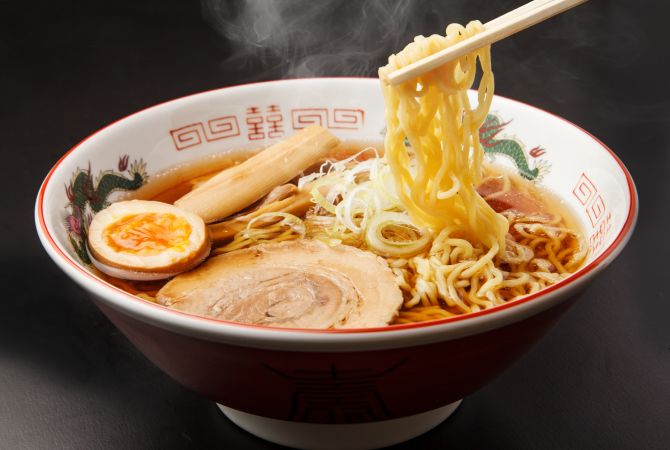
Ramen
The joy of ramen is appreciating the subtle details, from the firmness of the noodles to the angle at which the onions are sliced. Ramen is broadly divided into four main flavors. Three of the flavors are seasonings—miso, salt and soy sauce—while the fourth is tonkotsu, or pork bone stock. Seasonings and stock bases, such as chicken, fish and seafood, are mixed and matched from area to area and shop to shop.
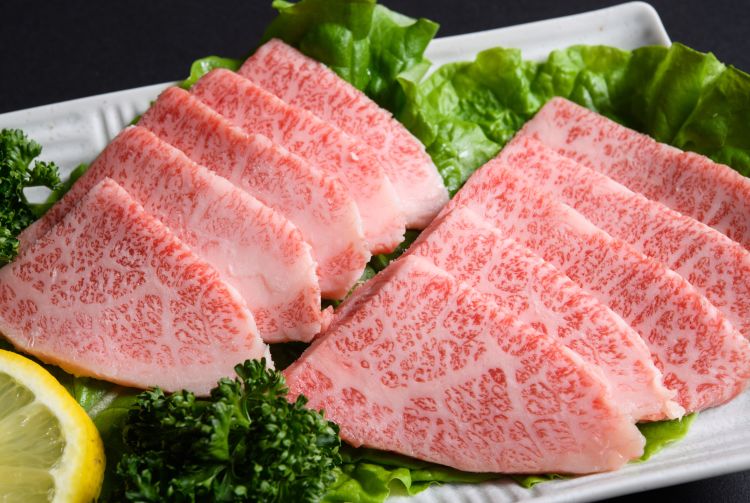
Wagyu
Rich, tender and expensive, wagyu, literally "Japanese beef," refers to four breeds of cattle raised in Japan — Japanese Black, Japanese Brown, Japanese Shorthorn and Japanese Polled. Wagyu's sweet, mellow aroma is also said to distinguish it from other kinds of beef. A butter-soft texture is one of wagyu's most defining characteristics. Enjoy the variety of cooking styles unique to Japan using thinly sliced meat, such as sukiyaki and shabu-shabu, to get the most enjoyment from the marbling and texture. Once you taste it, you'll never forget the experience.
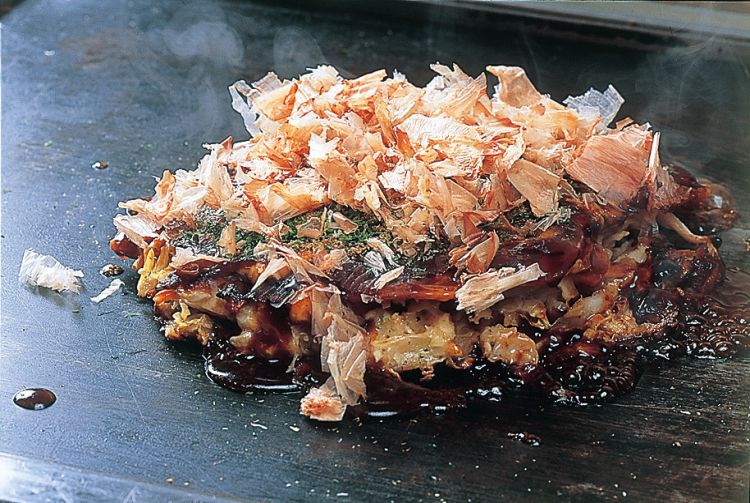
Okonomiyaki
Okonomiyaki starts as a savory pancake made of thinly chopped cabbage mixed with flour, egg and a bit of dashi broth. You can then top it with meat or seafood and a variety of other toppings to create one of the most comforting foods in all of Japan.
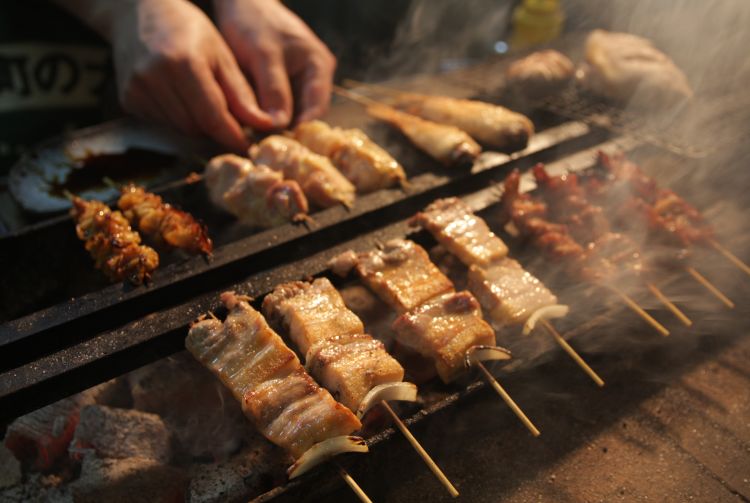
Yakitori
Yakitori can be eaten as a short pre-dinner snack of a few chicken skewers with beer, or as a full meal filled with all sorts of delicious and surprising dishes. There are two main marinades for yakitori: shio, salt based; or tare, a sweetened barbecue sauce. The chef will dip the skewer in the marinade of your choice before grilling them.

Sushi
Sushi is the combination of the words “su” and “meshi”. In English this means vinegar and rice. Sushi refers to the slightly sweet, vinegared rice, sometimes called shari, paired with a garnish—or neta—of seafood, egg or vegetables either raw or cooked. Various garnishes such as egg or raw fish onto vinegared rice balls that could be eaten together. This style of sushi took Japan by storm and spread across the entire country. Chopsticks are the preferred utensil for eating sushi most of the time, but hands are perfectly acceptable as well.
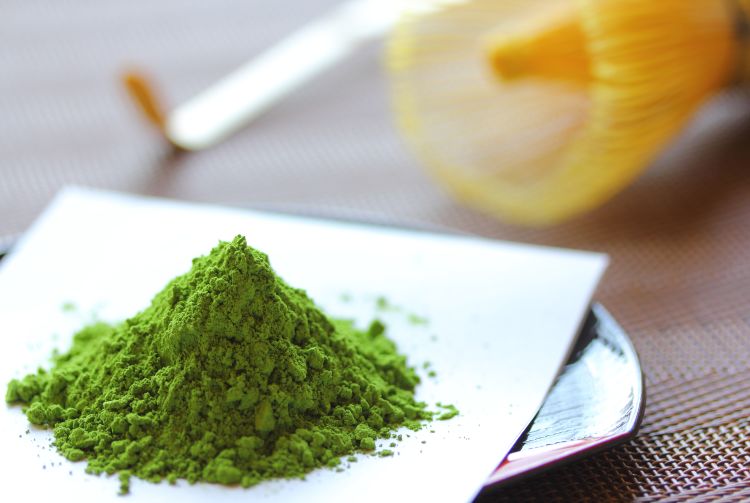
Japanese Superfoods
One of the most accessible Japanese superfoods is matcha green tea. You can drink it as tea, which has a subtle sweet aftertaste, or eat it in desserts. It's considered a superfood due to its antioxidant properties and high concentrations of magnesium, zinc, vitamin C and selenium.
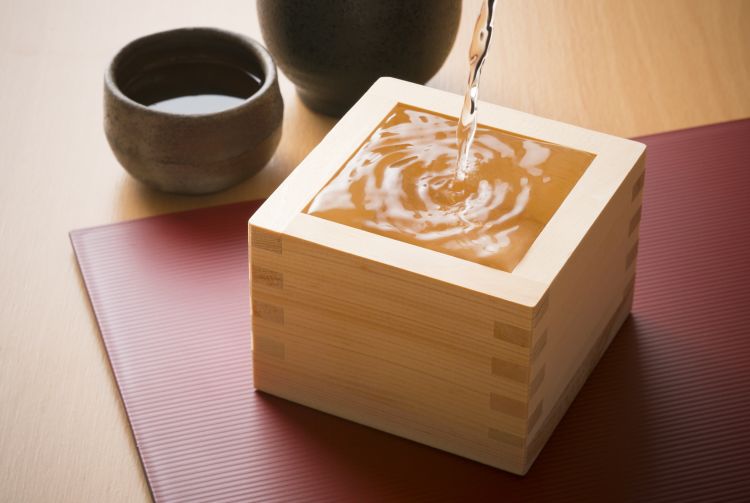
Japanese Sake
Known more commonly in Japan as nihonshu, sake comes in a range of flavor profiles and proofs, and can be enjoyed hot, cold or at room temperature. Since sake is so important to the nation, a rich set of customs surround its consumption and production.
Sake is a favorite tipple everywhere from cramped, smoky bars to high-end restaurants. Most places that serve alcohol in Japan will have some basic sake options. There are a number of sake types, mostly classified by the level of polish on the rice. Sake makers try to maximize the starchy interior, which can easily be converted to sugar and alcohol.
Videos
Spending the day with Saito, who owns Sushi Saito is a 3-Michelin Star sushi restaurant, and many regard it as the best in Japan. The host gets to ask him about his work, and to eat his soul shattering sushi.

